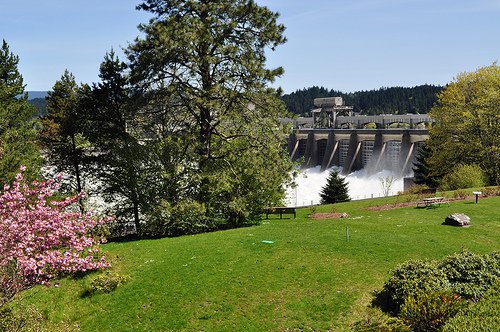Regional Generating Resources: What's Changed Since 1995?
A large increase in energy, a modest increase in peaking capacity from new generating resources, and diminished capability from existing hydro generation
- February 18, 2014
- Carol Winkel

At the Council's power committee meeting in January, staff reported on trends in peak and energy loads in the region since 1995 to 2012. As a follow-up to that information, staff gave a presentation in February, reporting that within the same time frame about 16,600 megawatts of new generation has been added to the region's power supply. About 8,700 megawatts is from wind and the rest is mostly from natural gas-fired power plants. At the same time, about 870 megawatts of existing generation was retired, mostly petroleum and small natural gas-fired power plants.
As for the region's hydrosystem, its ability to meet both energy and peaking needs has decreased, mostly from increasing flow measures and spill to aid fish passage and dedicating generating reserves to help integrate wind power. Since 1999, the peaking capability of the hydrosystem has been reduced by over 5,000 megawatts, and since 1980, firm energy has been reduced by about 1,200 average megawatts (about 10 percent).
The net impact of these changes has been an increase of about 2,000 megawatts in peaking capacity and an increase of about 8,200 average megawatts in annual energy.
In March, staff will report on the net changes in the region's power system balance, so stay tuned.


